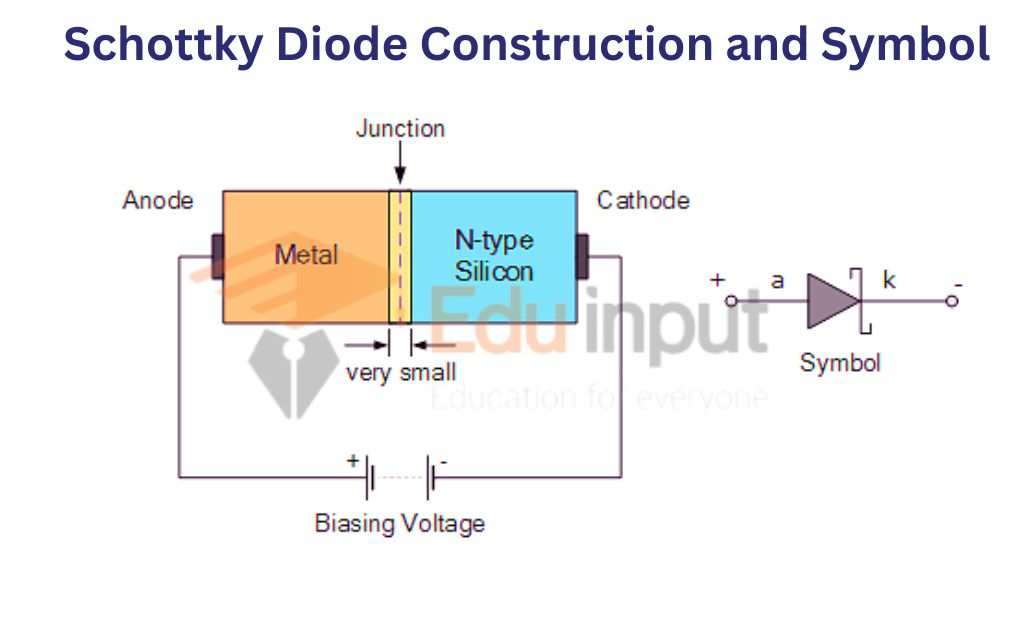What is Photodetector?-Definition, Types, And properties
A photodetector is an optoelectronic device that converts incident light into electrical signals in the UV, visible, and IR regions.
What is photodetector?
There is a wide variety of photodetectors that may be classified by their mechanism of detection, such as photoelectric or photochemical effects. electron-hole pairs are made in the depletion region by the absorbed photons. Some examples of photodetectors are photodiodes and phototransistors. Some of the light energy that is absorbed by solar cells is converted into electrical energy.
Types of photodetector
It is possible that photodetectors are classified by their mechanism for detection.
- Photoemission or photoelectric effect:
- Thermal detection
- Polarization
- Photochemical
- Weak interaction effects
Properties of Photodetector
Depending on the application, a photodetector needs to be sensitive in a certain region of the optical spectrum. In some cases, the responsivity should be well defined within the wavelength range. Solar-blind photodetectors are sensitive only to short-wavelength ultraviolet light, but not too visible sunlight, which is why it is important to have zero response in some other wavelength range.
The responsivity shows how much electrical signal is obtained from a single unit of optical power. It depends on what wavelength the light is coming from. If additional quantum noise is introduced, then a high quantum efficiency is important, as not only a high responsivity but also a high quantum efficiency is important. This applies to a particular situation. The detection of squeezed states of light and the photon detection probability of photon counting detectors are affected by this.
It’s important that the detector is suitable for a range of optical powers. The maximum power that can be detected is limited. The minimum power is usually determined by noise, but it can be determined by damage issues.
The magnitude of the dynamic range is usually specified as the ratio of maximum and minimum detectable power. In decibels, it’s often the most important. Some things that can be used to detect things (e.g. some detectors). Over a dynamic range of more than 70 decibels, photodiodes can show high linearity. The active area of a detector can be very important. There are strong beams from laser diodes when working.
It is possible that a high enough uniformity of responsivity is important. For light sources with very high and/or non-constant beam divergence, it is not possible to get all the light onto the active area, so an integrating sphere may be used for measuring the total power. The detection bandwidth can begin at 0hertz or some finite Frequency and can end at some maximum frequencies which are limited by internal processes.
The speed of electric carriers can be determined by the involved electronics. Some RC time constants are about to be introduced. Some detectors only operate in a narrow range and can be used. It is possible to detect lock-in detection. Some detectors are only suitable for detecting the pulse, not the continuous-wave light.
The timing precision may be of interest to someone who wants to detect light pulses. After the detection of a pulse, some detectors have a dead time where they are not sensitive. More or less complex electronics are required by different types of detectors. Penalties in relation to size and cost are possible.
It depends on the requirement of detecting extremely small voltages or applying a high voltage. It’s important that the detectors are cooled to a temperature that’s not too hot. Under various circumstances, their use is impractical because of this.






Leave a Reply